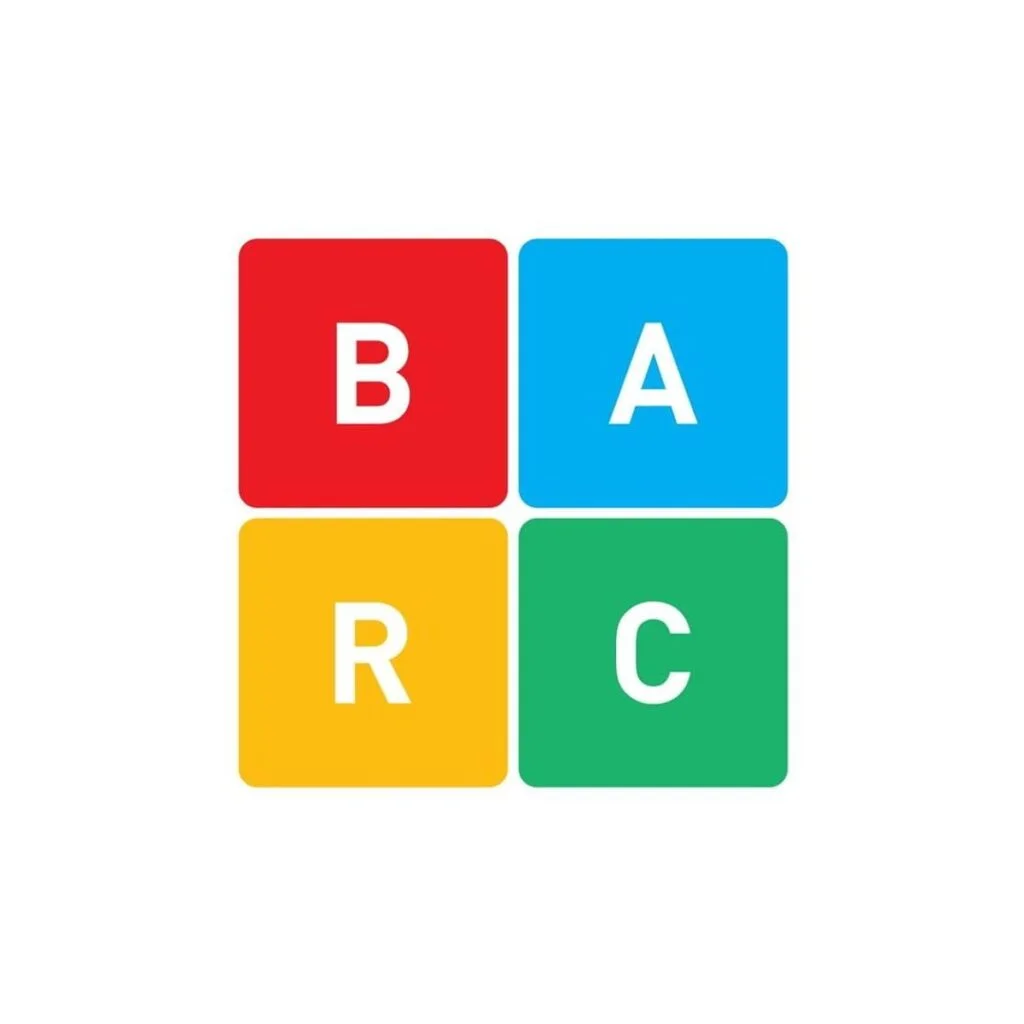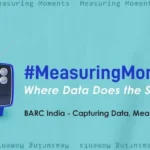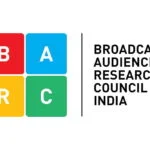In India, Week 12 starting 21 March, saw the highest ever TV viewing at 1.2 trillion minutes. The average daily viewers grew by 62 Mn. 622 Mn viewers watched TV daily for 4 hour and 40 minutes. The growth of 37% at all India was across all parameters of viewing.
Hindi Speaking Markets saw a 41% growth while South Markets saw a 31% growth. There was a significant growth registered among all demographics with male viewing minutes growing at 41% and female viewing minutes growing at 33%.
Non-Prime time viewership also surged by more than 70% in India. Hindi Speaking Markets saw higher growth than the South. HSM grew at 83% while South markets grew at 54%.
News and Movie genre clocked an all-time high growth. The news genre grew by 298% while Movies saw a growth of 56%. GEC grew in non-prime time by 32%. Movies, News, and Kids grew much more than GEC, across dayparts in prime time.
The share of News to Total TV grew from 7% to 21%. The share of GEC dropped from 52% to 39%. Hindi Movie viewership surpassed that of Hindi GEC for the 1st time. Percentage of viewers watching all 5 Hindi Pay movie channels increased to 30% which is the highest ever post NTO period as per BARC.
Hindi News viewers searched for more news through multiple channels. The usual behaviour of 30% viewers is to watch 1 channel only. COVID-19 has also led to the non-prime time being the new prime time for kids channels with 1000-1200 hours recording the maximum viewership.
Premium audiences in megacities grew by 37% in currency panel and 43% in premium panel.
Highest viewership recorded in HSM for any show in Hindi GEC (Fiction/Non-Fiction)
Ramayana with DD National was the highest-rated show in urban and megacities. The show was the all-time high among serials in Hindi GEC since 2015. On Sunday evening, it garnered a massive viewership of 51 million. On Sunday morning, it had a viewership of 40 million. Saturday evening had a viewership of 45 million while the Saturday morning slot had a viewership of 34 million.
Impact on Advertising
Ad volume grew by 15% across genres except for Sports and Youth. Food and Beverages showed the highest increase in FCT share and SOV.
The coronavirus scare led to a significant growth for hygiene categories in March. Hand Sanitizer ads saw an increase of 42% compared to earlier months while floor cleaner and toilet cleaner ads also increased.
Evolution of Smartphone behavior in Week 2 of COVID-19 disruption
The time spent per user on smartphone increased by almost 3 hours/week. Users spent 3.6-3.8 hours/day on their smartphone. Older age groups increased by 18% while mini metros saw an increase of 15%. Metros saw a growth of 11% in smartphone consumption.
Social distancing led to an increase of call time by 5% in week 2 of disruption. Social networking also saw an increase in consumption. E-commerce was acutely hit by the disruption. Shopping, travel, food ordering and mobile payments took a hit.
Consumers spent 45% more time on News apps in week 2. 1 user in every 3 user accessed News in week 2. News aggregators saw a growth of 50%. Entertainment galored more in the form of gaming and VOD. Audio streaming took at hit of 18%. Gaming grew by 26% while VOD saw an increase of 11%.
15-24 years old increased their gaming time by a third. There was a 34% growth in time spent per week by them. 35-44 years old increased their VOD consumption by 23%. Original series saw a growth of 49% in consumption.
Impact on TV viewing across the World
TV consumption across the world grew as people stayed home bound. Norway say a 26% growth while Philippines saw a 19% growth in TV viewing. Spain saw an increase of 42% while Peru saw the biggest increase of 32% in Latin America.
Primetime levels in USA increased by 7-10% while China saw doubling in viewing on news. Australia also saw news dominating with Seven News coming on the top. United Kingdom saw a 2.6% growth in Total TV average daily minutes. France saw the highest weekly IVT ever recorded. Denmark’s lockdown announcement was watched by 3.3 million, a 28-year record rating of 59.3%.
While live sports has been curtailed due to lockdown across the world, NASCAR held the first-ever E-NASCAR Iracing pro invitational series race, putting actual NASCAR drivers into simulators. The innovative way to engage core sports fan drove a 59.42 mins of viewing on an average. It remained the most social TV program of the day on Twitter with 217,330 Twitter interactions and 912,500 video views.







